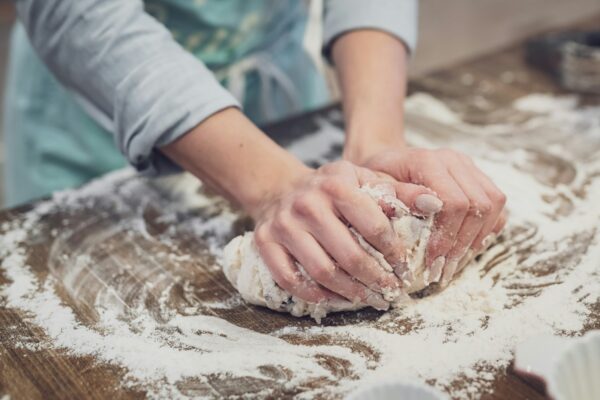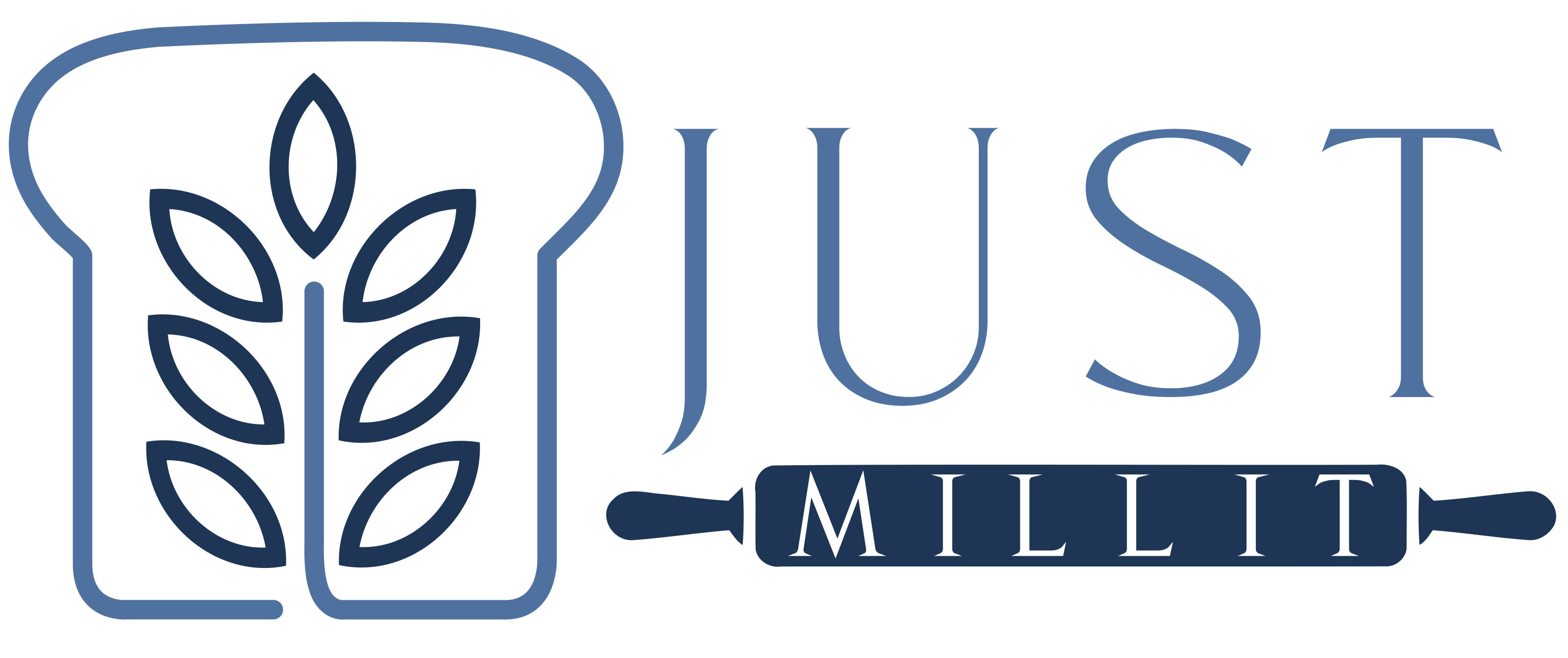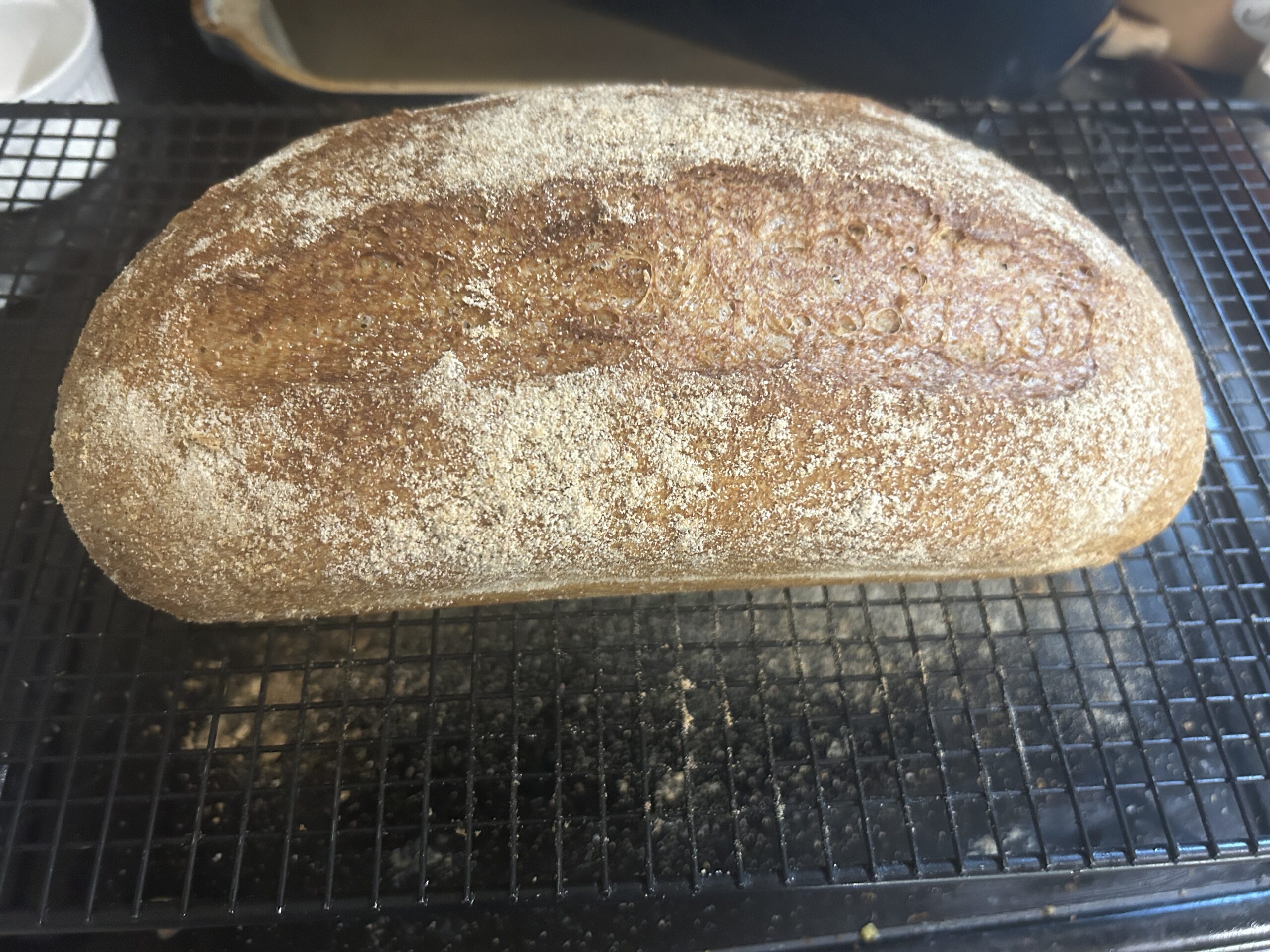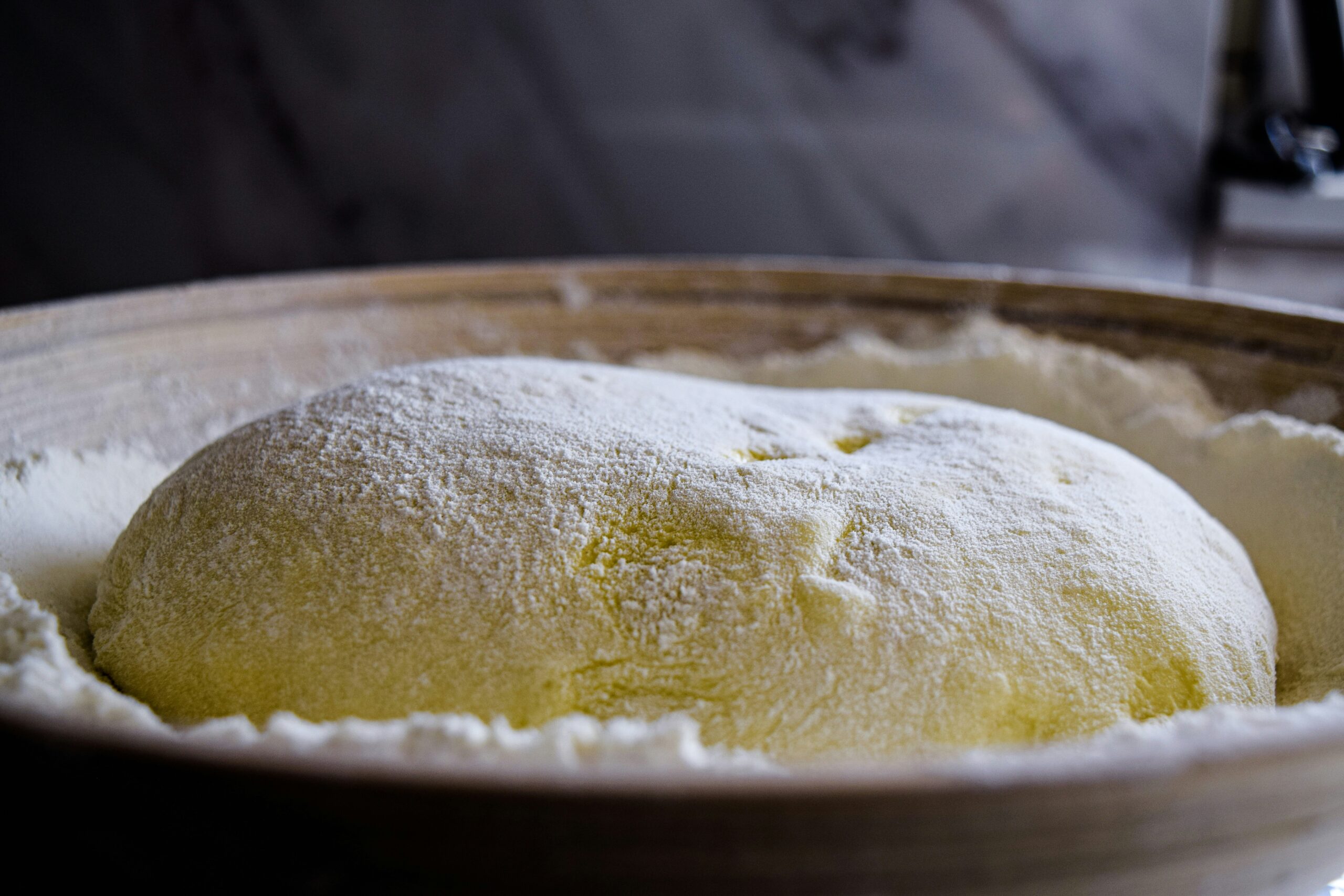
Exploring the Fresh Milled Bread Method with Freshly Milled Flour
Embarking on the journey of baking with freshly milled flour begins with resetting expectations. This is especially true if you’re used to the fluffy loaves from store shelves. Embracing the nuances of this process takes time, but starting with the fresh milled bread method lays a strong foundation for mastering the art of baking.
Understanding the Fresh Milled Bread Method
All types of bread follow a consistent set of steps known as the bread method. These essential processes form the backbone of bread baking, allowing for endless variations through adjustments in ingredients, techniques, and proportions.
Key Steps of the Fresh Milled Bread Method
-
Milling the Flour: Discover the superior flavor and texture benefits of using freshly milled flour. It retains more nutrients and has a deeper, more complex taste profile than commercially processed flour.
-
Mixing & Kneading: Master the art of combining ingredients and kneading dough to develop gluten, the protein that gives bread its structure and elasticity.
-
Fermentation (The First Rise): Allow the dough to undergo its initial rise. Fermentation develops flavors and improves the overall quality of the bread.
-
Punching Down the Dough & Scaling: Understand the importance of deflating the dough after its first rise and dividing it into portions. This helps redistribute gases and ensures even baking.
-
Shaping: Learn techniques for shaping the dough into desired forms, whether you’re crafting rustic loaves, baguettes, or dinner rolls. Proper shaping enhances both the appearance and structure of the bread.
-
Proofing (The Second Rise): Perfect the final rise to achieve the ideal texture and crumb in your bread. This stage is crucial for achieving lightness and a well-developed structure.
-
Baking: Experiment with different baking techniques and temperatures to achieve the perfect crust and bake. From steam baking for a crispy crust to lower temperatures for softer loaves, the baking stage allows for customization based on your preferences.
-
Cooling & Storing: Discover best practices for cooling and storing freshly baked bread to maintain its freshness and texture. Proper cooling prevents the bread from becoming soggy while storing it correctly prolongs its shelf life without compromising flavor.
Why You Need a Bread Method
Mastering these foundational steps not only enhances your baking skills. Additionally, it empowers you to create a wide array of delicious and unique bread varieties. Grab your favorite basic bread recipe and apply these principles to embark on a baking journey with freshly milled flour.
Other than this guide, you’ll also need a basic bread recipe. You should also consider joining Milling Fresh Flour with Lovely Bell & Dr. Mel on Facebook for personalized help with your journey.




Thank you for sharing your expertise.